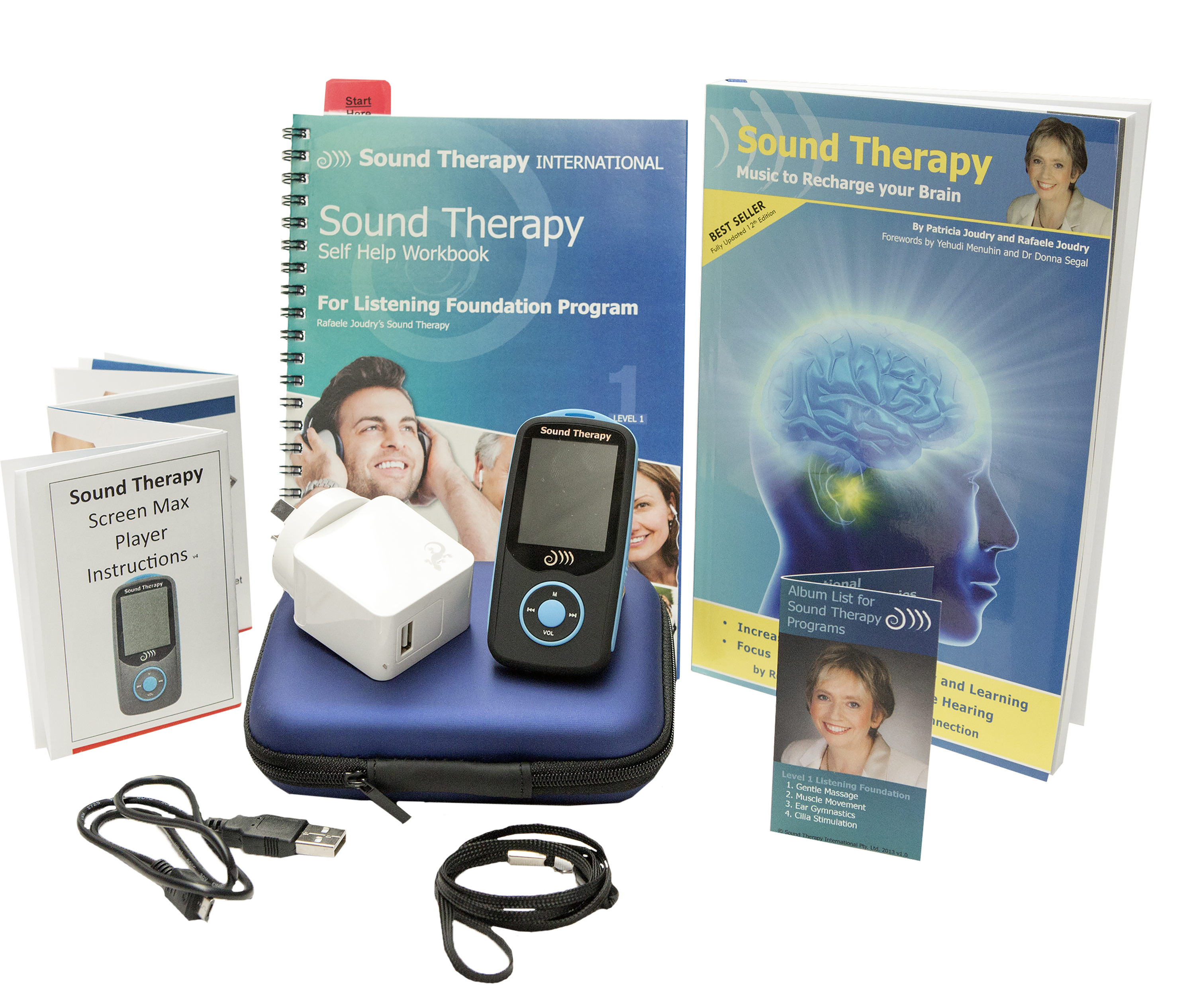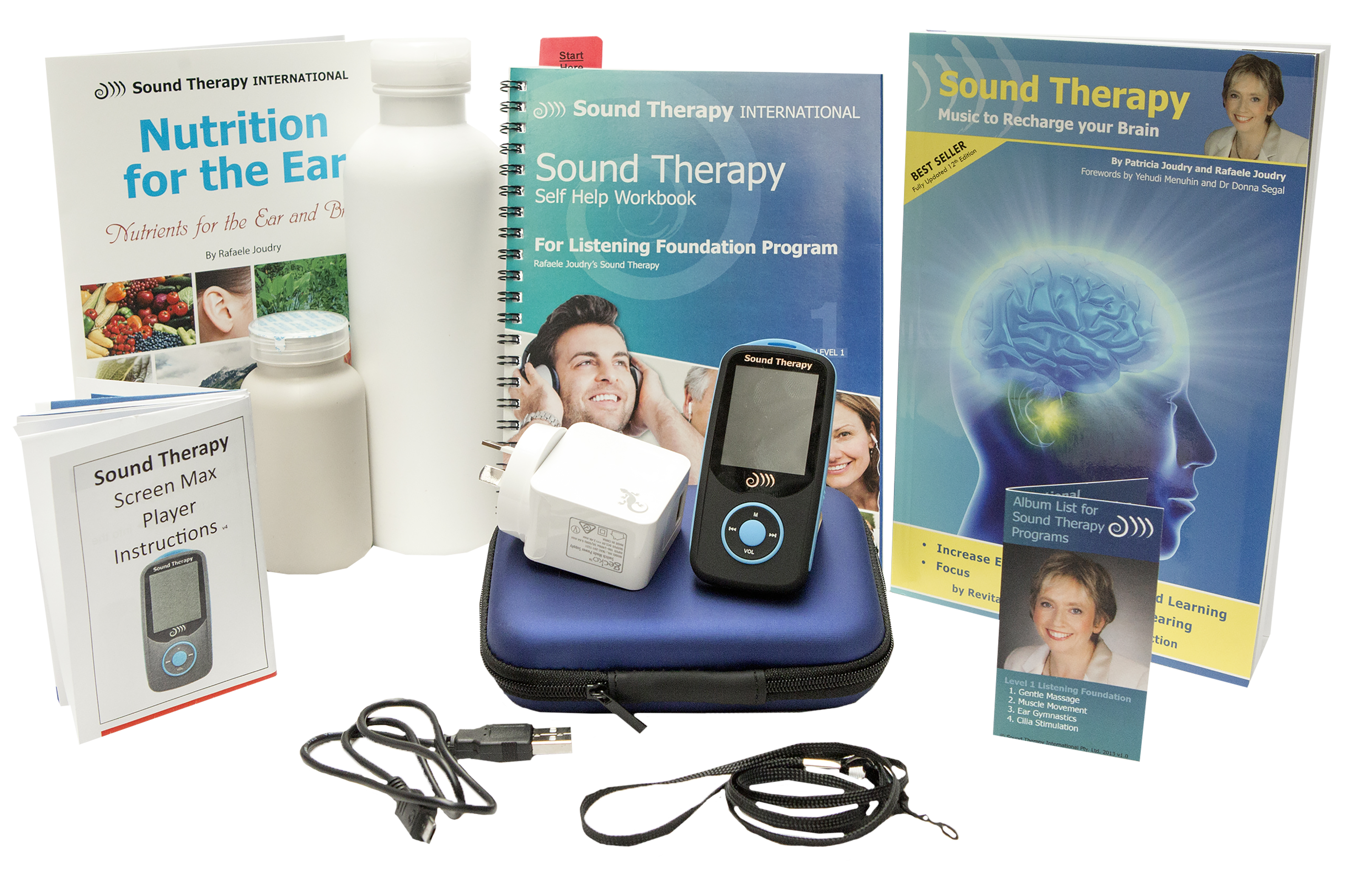White Paper
The science behind Sound Therapy’s impact on stress
Sound Therapy is a unique method that unites the well established field of music therapy with more scientifically based brain research. 86% of the listeners using Joudry home-based Sound Therapy method reported a reduction in their stress levels, while some described the program as being life changing. (Joudry 2009.)
In recent years music therapy has begun to gain recognintion as a valid neurophysiological science.
“ The understanding of music's role and function in therapy and medicine is undergoing a rapid transformation, based on neuroscientific research showing the reciprocal relationship between studying the neurobiological foundations of music in the brain and how musical behaviour through learning and experience changes brain and behaviour function….This paradigm shift has the potential to move music therapy from an adjunct modality to a central treatment modality in rehabilitation and therapy.”
(Annals of the New York Academy of Sciences, 2005)
Parallel and even prior to the development of music therapy as a science, Dr Tomatis developed his Sound Therapy program based on his own observations of the neuro-physiological effect of music on the auditory system and other areas of brain function. “Sound Therapy” differs from “music therapy” because it uses special filtering algorithms to process the sound for a specific impact on the ear and brain.
Other evidence suggests that:
• Western classical music taps into innate, hardwired brain structures
• Prolonged noise exposure constitutes stress factors which impair brain function and pose a threat to health
• Greater activation of the left prefrontal cortex leads to reduced stress and more positive emotions
• Nitric Oxide is a possible mechanism for the relaxation effects of music
Music Therapy
Even without the addition of special filtering, music therapy has been successfully used in medical settings to alleviate the stress of pre and post operative anxiety, pain, depression, grief, insomnia and migraine. (Mysaka 2000, Kemper 2005, Watkins 1997.)
Researchers found that:
“Music exerted positive modulator effects on cardiovascular and respiratory activity, namely increased heart rate, balanced heart period variability, increased vascular bloodflow and respiration rate during the post stress recovery” (Sokhadze2007.)
Other studies in medical settings found that music helped patients with pain management (Presner, 2001), that it may be a risk free alternative to sedation (Loewy 2005) and that it was associated with decreased levels of cortisol— the stress hormone associated with depression, fatigue and mood disturbance. (McKinney 1997).
Our brain is hard wired for music
Western classical music may have specific beneficial properties due to the fundamental functions of our brain. Thus its effect is consistent even on new born babies or our ancient ancestors. (Early Music, 1997.)
“Fink says his analysis suggests that the human brain's perception of musical tones and what constitutes harmony is at least partly hardwired-- a view bolstered by recent research showing that young babies can distinguish discordant from harmonious combinations of notes.” (Early Music, 1997.)
The diatonic music scale is by no means new. “ A piece of bear thigh bone with holes in it, believed to be the world's oldest musical instrument, suggests that even the Neandertals may have used the same seven note scale on which Western music is based.” (Early Music, 1997.)


Music lends itself perfectly to this wholistic brain patterning for, as Janata describes,
“ Western tonal music relies on a formal geometric structure that determines distance relationships within a harmonic or tonal space.” (Janata 2002.)
Researchers believe the process of discovering the language of music is what engages the brain in a unique way. As Marin stated, music is “ primarily dependent on its internal organisational principles…. in music, the hearer must gradually develop and discover the musical perceptual organisational principles.” (Marin 1989.)
These principles are more complex and varied in Western classical music than any other form of music, due to its detailed development of all three
elements of melody, harmony and rhythm, to a greater extent than found in
other forms of music.
Particular selections of classical music are more beneficial than others, for
researchers have found our neurophysiology proves that harmonies are more beneficial and stress reducing than dissonants. “Dissonant musical
excerpts flipped on brain centres related to learning, memory, and anxiety-- totally different from regions triggered by the pleasant strains.” (Music Gut Reaction, 2001)
These discoveries substantiate the use of classical music, such as Mozart, as the fundamental basis for Sound Therapy.
Even before the coining of the term “The Mozart Effect” (Campbell 2008,) Dr. Tomatis observed that Mozart was the most suitable music for Sound Therapy.
In recent decades various studies concluded that the characteristics of Mozart's music render it the most beneficial for our neurophysiological activity. Listening to Mozart was even proved to reduce allergic skin responses and improve short-term memory retention, all due to its stress reducing capabilities. (Kimata 2003.)
Many different brain centres are engaged in music processing which explains why it has such a varied range of impacts on our wellbeing. In fact recent findings “suggest that the brain encodes information, not just in the firing rates of individual neurons, but also in the patterns in which groups of neurons work together.” (Barinaga, 1998)
It also feeds information back to the hearing organ in the inner ear, causing a mechanical fine tuning effect on attention and sound localization. (Richards, 2003.)
Noise causes stress
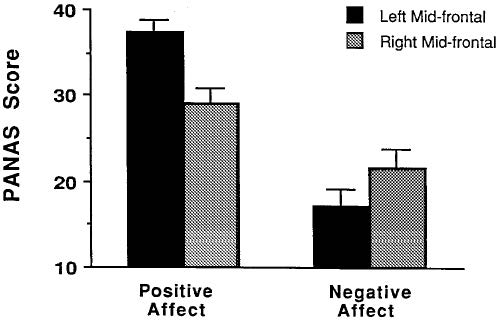

Unfortunately modern lifestyles surround people not with beautiful classical music but with continuous, pervasive, low frequency noise. Whether in industry, factories, the office or even recreational venues, chronic low-level noise negatively influences the brain and behaviour, having a subtle yet insidious effect on our health and well-being. (Evans, 2000.)
According to Dr. Alice H. Suter, an audiologist at the National Institute for Occupational Safety and Health:
"Included in noise-related problems are high blood pressure, peptic ulcers, cardiovascular deaths, strokes, suicides, degradation of the immune system, and impairment of learning. Noise is also associated with an increase in aggression and a decrease in cooperation."
“Our sound perception is wired deeply into the brain at its most primitive levels, which may be why:“Sudden sound is an urgent wake-up call that
alerts and activates the stress response – a biological alarm that affects the brain in powerful ways.
“Because loud noise often heralds bad news, animals and humans have evolved a rapid response to audio stressors: the roar of a carnivore, the crack of a falling tree, the scream of a child. More recently: the explosion of a weapon, the wail of a siren, the crash of the stock market.
Crucial to survival, this instinctual reaction to noise enables us to go from a deep sleep to a quick sprint in a matter of seconds. . . or to do battle with surprising strength. Today, however, our stress response is getting kneejerked around by all the bells and whistles of modern civilization. From the clatter and jar of diesels and dump trucks, to chestthumping teenage car tunes, noise is almost impossible to block. It's very uncontrollability further adds to the stressful impact.” (Franklin inst, 2010)
Stress impairs prefrontal cortex cognitive function through its influence on dopamine, and prolonged stress (lasting more than a couple of minutes) brings about an increase in cortisol levels, which can damage the hippocampus, (the memory centre) making it difficult to think or retrieve long term memories. (Roozendaal, B., 2003.)
Stress hormones divert blood glucose to exercising muscles, reducing the amount of energy that reaches the hippocampus.
This creates an energy crisis in the hippocampus which compromises its ability to create new memories.
This could explain why some people can't remember a very traumatic event, and why short-term memory is usually the first casualty of age-related memory loss resulting from a lifetime of stress. ( de Quervain, 1998)
Right Ear left Brain
Sound Therapy has been found to dramatically reduce the brain's response to stress. One of the reasons may be the increased activation of the left prefrontal cortex. Richard Davidson and others at the University of Madison discovered that those with greater left brain activity demonstrated significantly higher ratings of positive emotions combined with lower levels of cortisol. Davidson also discovered that meditation has the effect of increasing activity in the left prefrontal cortex. Davidson linked a lack of left brain activity with “a decreased capacity for pleasure, loss of interest, and generalised decline in goal related motivation and behaviour.” (Davidson 1992.)
Many parts of the brain including the basal ganglia, hypothalamus and connections to other structures in the prefrontal cortex and limbic system play a role in our emotional well-being and our response to stress. (Stathis, 2007.)
Some of these connections from the hypothalamus terminate as a capsule around the motor nucleus of the vagus nerve. This nerve, named after the wanderer or vagabond, provides secretomotor fibres to the stomach wall, pancreas and small intestines. “ These neural patterns might account the close association of cardiac and gastric responses,” says Salamon (2003.)
Salamon found that listening to music promotes the release of nitric oxide, an important signaling molecule in mammals, and suggested this may be the mechanism by which music acts as a relaxation device.
“As a method of stress relief has its roots in the early development of the auditory system. In a study by Fessenden and Schacht, it was found that the nitric oxide (NO)/cGMP pathway is thoroughly involved in the development and function of the sensory systems, and specifically in the development of the cochlea.” (Salamon 2003.)
“Thus NO is involved in the stimulated relaxation from the very development of the organism, to the mechanism by which the relaxation occurs.’ (Salamon 2003.)
“NO is not only an immune, vascular and neural signalling molecule, it is also antibacterial, anti-viral and it down regulates endothelial and immune aside activation and adherence, thus performing vital physiological activities, including vasodilation. Thus NO release subsequent to music listening, has the potential to protect an organism from microbes and physiologic disorders such as hypertension, and also diminishes excessive immune and endothelial activation occurring largely because of vasodilation modulated by NO.” (Salamon 2003.)
Taken together we believe that the complex nitric oxide signalling system is the primary and fundamental… method by which music acts as a relaxation device.” (Salamon 2003.)
These effects may explain the profound changes that Sound Therapy users notice in their stress levels. A range of studies conducted using Tomatis Sound Therapy have confirmed that the program is versatile and easy to use and that it consistently results in increased internal regulation of behaviour, an ability to control one's thoughts, and hence psychological well-being, improved selfimage and reduction of tension and anxiety. (Du Plessis, 2004.)
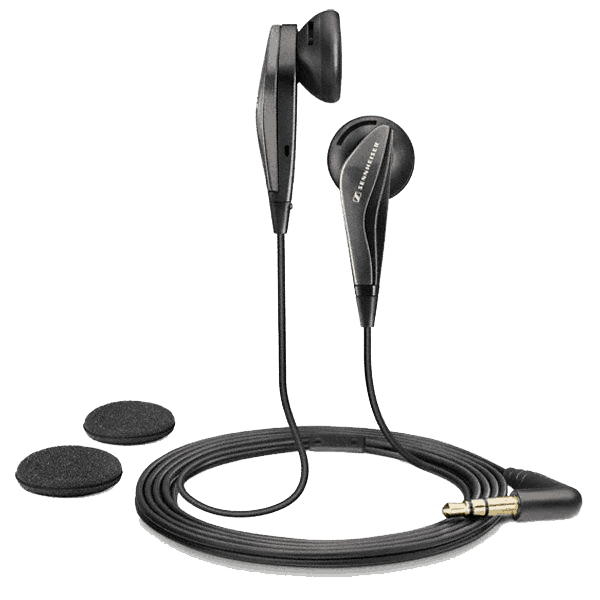  |
or |
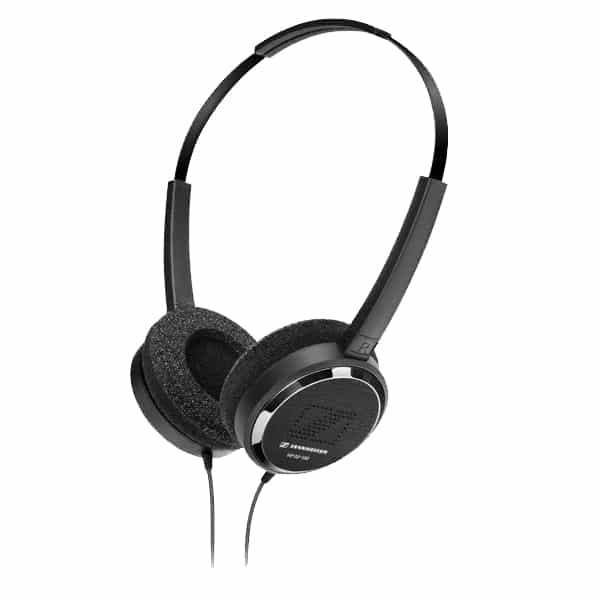  |
  |
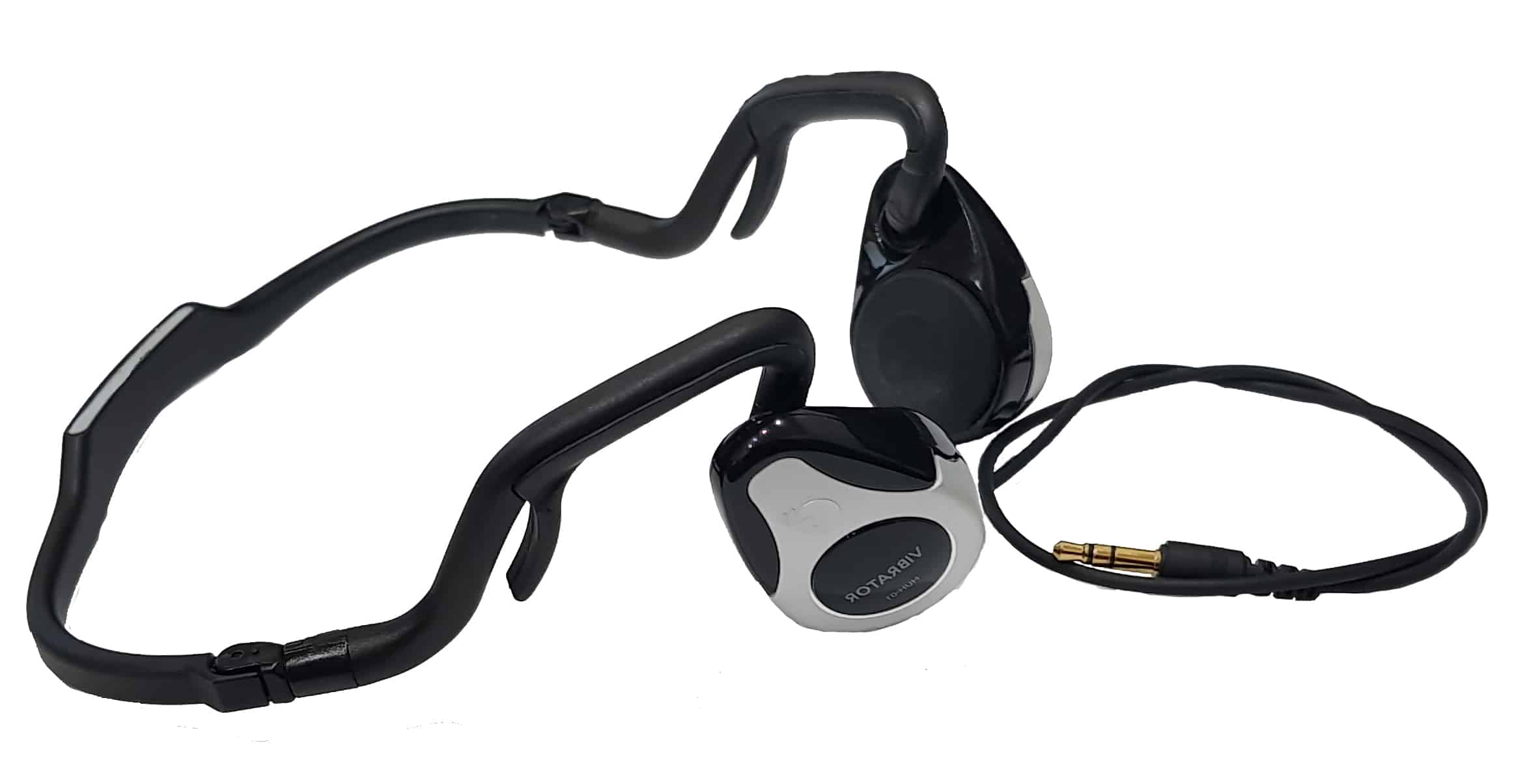  |
  |
  |
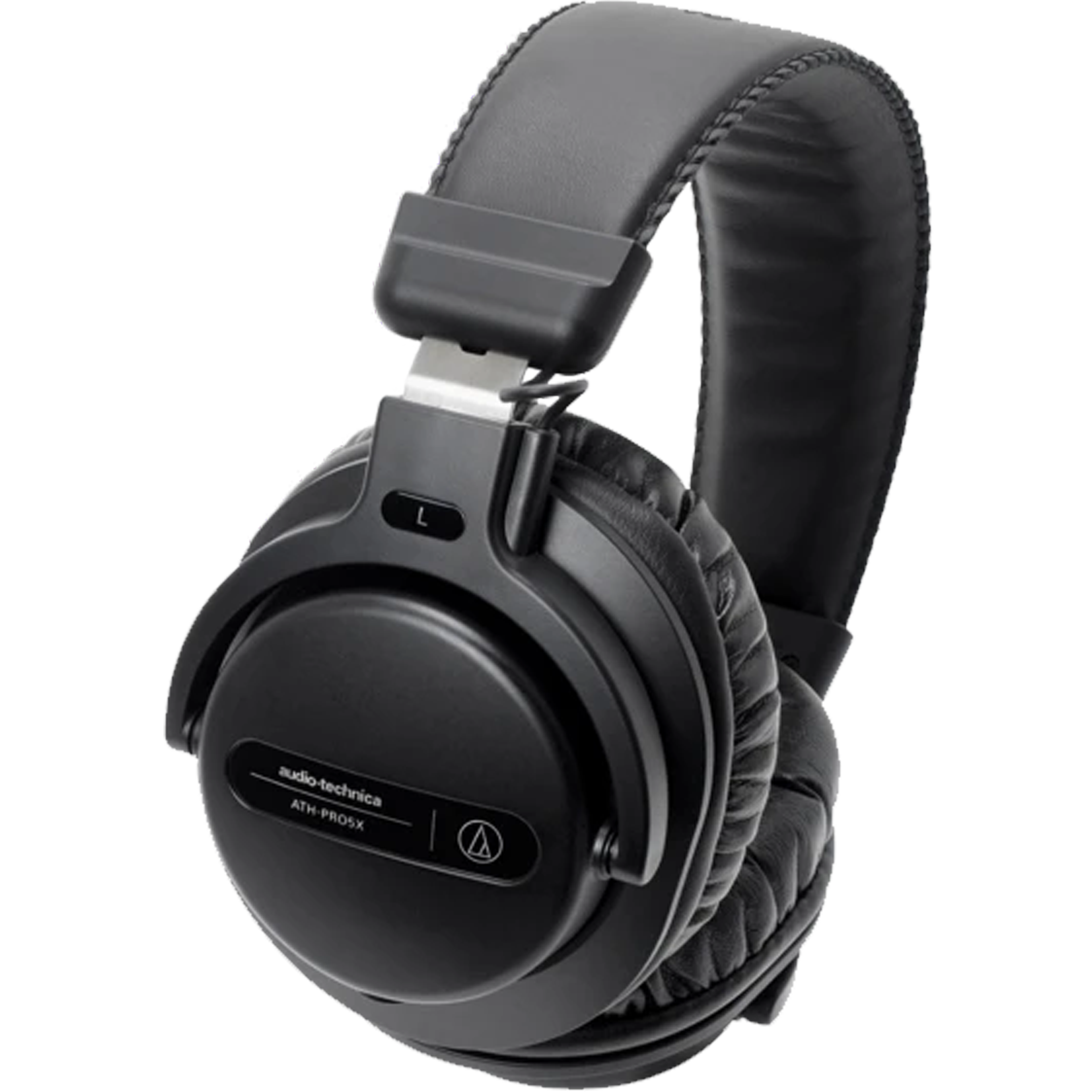  |
| An affordable option with everything you need to get started with Sound Therapy |
| Add the benefits of nutritional support and bone conducted sound to improve your results |
| Contains everything in the Triple Mode package plus our very best headphones and both Level One and Level Two programs. |
SAVE $284
SAVE $430
SAVE $667
REFERENCES
• Annals of the New York Academy of Sciences, (2005). “The Future of Music Therapy and Medicine,” 1060:303-308.
• Barinaga, M., (1998). “Listening in on the Brain,” Science, 280 (5362), (376.)
• Blood, A.J. and Zatorre, R.J. (2001). “Intensely Pleasurable Responses to Music correlate with Activity in Brain Regions Implicated in Reward and Emotion,” PNAS, vol. 98 no 20.
• Campbell, D. (2008). Listening, The Ear And Development: The Work Of Dr.Alfred A.Tomatis. Available at http://www.newhorizons.org/
• Davidson, R., (1992). “Anterior Cerebral Asymmetry and the Nature of Emotion,” Brain and Cognition, Volume 20, Issue 1 pp 125-151.
• de Quervain, D., et al., (1998). “Stress and glucocorticoids impair retrieval of long-term spatial memory,” Nature 394, 787-790.
• Du Plessis, W. F.D., et al, (2004). “The Impact of the Combined Tomatis and Psycho Educational Program on Weight Preoccupied, Female South African Students,” IJTMR Vol 1, No 1, p 63.
• Early Music (1997). Science 276 (5310), 203.
• Evans, G., (2000). "Stress and open-office noise," Journal of Applied Psychology. Vol 85(5), 779-783.)
• Franklin Inst. 2010 www.fi.edu/learn/brain/stress.html
• Janata., P. (2002). “The Cortical Topography of Tonal Structures Underlying Western Music,” Science 298 (5601), 2167.
• Joudry P and Joudry, R., (2009). Sound Therapy: Music to Recharge Your Brain, Sound Therapy International, Sydney.
• Kimata, (2003). “Listening to Mozart Reduces Allergic Skin Wheal Responses and in Vitro Allergen-specific lgE Production in Atopic Dermatitis Patients With Latex Allergy,” Behavioural Medicine. 29(1):15-19.
• Loewy, J., (2005). “Sleep/Sedation in Children Undergoing EEG Testing: a Comparison of Chloral Hydrate and Music Therapy,” Journal of PeriAnesthesia Nursing. 20 (5): 323-332.
• Marin,O., (1989). “Neuropsychology, Mental Cognitive Modules and Music Processing,” Contemporary Music Review, Vol 4, No 1, p255-263 (9).
• McKinney, C. H., (1997). “Effects of Guided Imagery (GIM) and Music Therapy on Mood in Cortisol in Healthy Adults,” Health Psychology. 16 (4): 390-400.
• Music gut reaction, (2001) Science 294 (5541), 297.
• Mysaka, A., (2000). “How Does Music Affect the Human Body?” Tiddsskr Nor Laegeforen. 10;120(10):1182-5.
• Presner, J., (2001). “Music Therapy for Assistance with Pain and Anxiety Management in Burn Treatment,” Journal of Burn Care and Rehabilitation. 22 (1): 83-88.
• Roozendaal, B., (2003). “The hippocampus mediates glucocorticoid-induced impairment of spatial memory retrieval: Dependence on the basolateral amygdale,” PNAS 100(3): 1328–1333.
• Salamon, E. et al, (2003). “Sound Therapy Induced Relaxation: Down Regulating Stress Processes and Pathologies,” Med Sci Monit, 9(Sup 5):0.
• Sokhadze, E.M., (2007). “Effects of Music on the recovery of autonomic and electrocortical activity after stress induced by aversive visual stimuli.” Appl Psychophysiol Biofeedback, 32(1):31-50.
• Stathis, P., et al, (2007). “Connections of the Basal Ganglia with the Limbic System: Implications for Your Modulation Therapies of Anxiety and Affective Disorders,” Acta Neurochir suppl.;97 (Pt2):575-86.
• Suter, A., New York Times, March 6, (1990). cited on 1/6/2010 www.fi.edu/learn/brain/stress.html
• Watkins, G. R., (1997). Clin Nurse Spec. 11 (two): 43-50.

